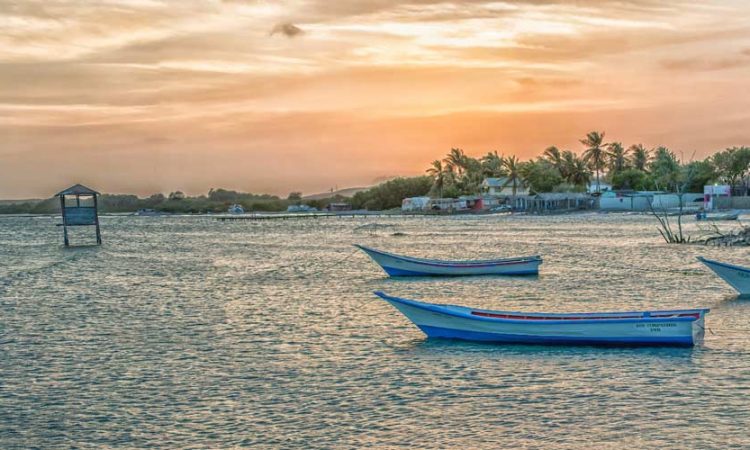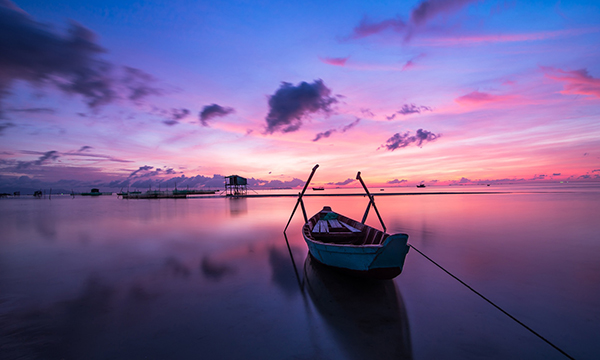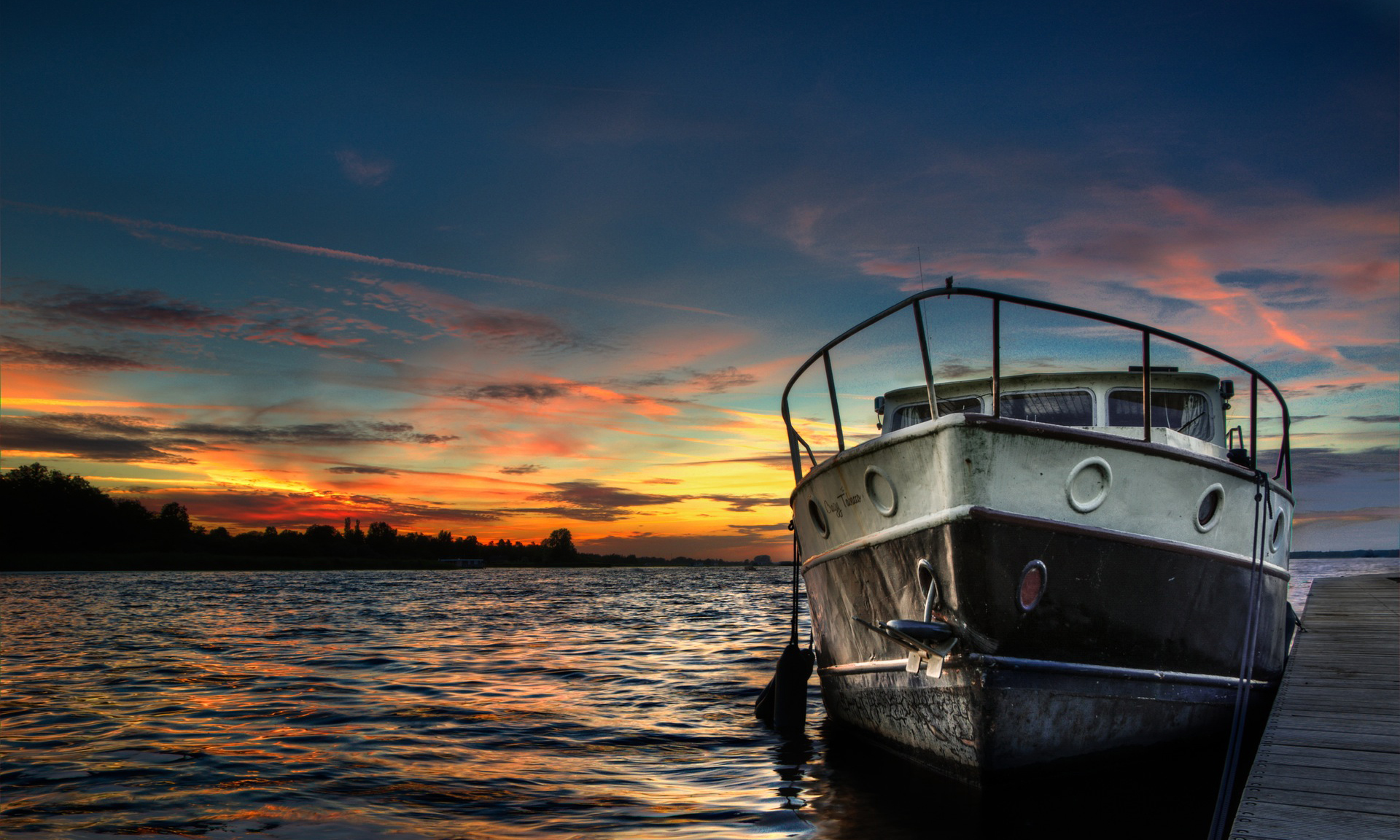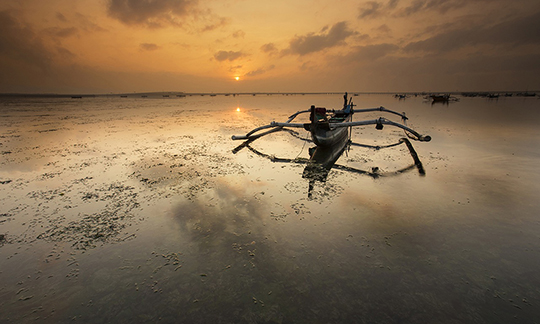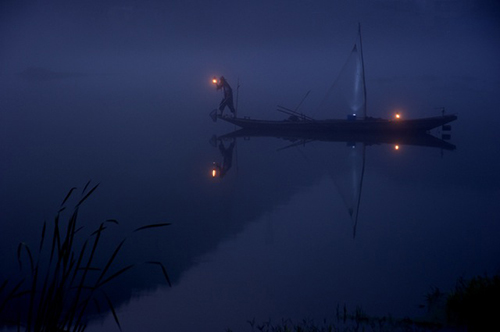A boat is a watercraft of any size designed to float or plane, to work or travel on water. Small boats are typically found on inland (lakes) or in protected coastal areas. However, boats such as the whaleboat were designed for operation from a ship in an offshore environment. In naval terms, a boat is a vessel small enough to be carried aboard another vessel (a ship). Another less restrictive definition is a vessel that can be lifted out of the water. Some definitions do not make a distinction in size, as bulk freighters 1,000 feet (300 m) long on the Great Lakes are called oreboats. For reasons of naval tradition, submarines are usually referred to as ‘boats’ rather than ‘ships’, regardless of their size and shape.
Boats have a wide variety of shapes, sizes and construction methods due to their intended purpose, available materials or local traditions. Canoe type boats have a long history and various versions are used throughout the world for transportation, fishing or sport. Fishing boats vary widely in style partly to match local conditions. Pleasure boats include ski boats, pontoon boats, and sailboats. House boats may be used for vacationing or long-term housing. Small boats can provide transport or convey cargo (lightering) to and from large ships. Lifeboats have rescue and safety functions. Boats can be powered by human power (e.g., rowboats), wind power (e.g., sailboats) and motor power (e.g., propellor-driven motorboats driven by gasoline or diesel engines).
Dugouts are the oldest type of boats found by archaeologists, and boats have served as transportation since the earliest times. Circumstantial evidence, such as the early settlement of Australia over 40,000 years ago, findings in Crete dated 130,000 years ago, and findings in Flores dated to 900,000 years ago, suggest that boats have been used since prehistoric times. The earliest boats are thought to have been logboats, and the oldest boats found by archaeological excavation date from around 7,000–10,000 years ago. The oldest recovered boat in the world is the Pesse canoe, a dugout made from the hollowed tree trunk of a Pinus sylvestris and constructed somewhere between 8200 and 7600 BC. This canoe is exhibited in the Drents Museum in Assen, Netherlands.Other very old dugout boats have also been recovered. Rafts have operated for at least 8,000 years. A 7,000-year-old seagoing reed boat has been found in Kuwait. Boats were used between 4000 and 3000 BC in Sumer, ancient Egypt and in the Indian Ocean.
Boats played an important role in the commerce between the Indus Valley Civilization and Mesopotamia. Evidence of varying models of boats has also been discovered at various Indus Valley archaeological sites.Uru craft originate in Beypore, a village in south Calicut, Kerala, in southwestern India. This type of mammoth wooden ship was constructed[when?] using teak, without any iron, and had a transport capacity of 400 tonnes. The ancient Arabs and Greeks used such boats as trading vessels.[citation needed]
The historians Herodotus, Pliny the Elder and Strabo record the use of boats for commerce, travel, and military purposes.
Several key components make up the main structure of most boats. The hull is the main structural component of the boat and provides buoyancy. The gunnel, which make up the sides of the boat, offers protection from water and makes the boat harder to sink. The roughly horizontal, chambered structures spanning the hull of the boat are referred to as the deck. A ship often has several decks, but a boat is unlikely to have more than one, if any. Above the deck are the superstructures. The underside of a deck is the deck head.
An enclosed space on a boat is referred to as a cabin. Several structures make up a cabin, including a coach-roof, which is a lightweight structure which spans a raised cabin. The “floor” of a cabin is properly known as the sole, but is more likely to be called the floor (a floor is properly, a structural member which ties a frame to the keelson and keel). The vertical surfaces dividing the internal space are bulkheads.
The keel is a lengthwise structural member to which the frames are fixed (sometimes referred to as a “backbone”).
The front (or fore end) of a boat is called the bow. Boats of earlier times often featured a figurehead protruding from the bow. The rear (or aft end) of the boat is called the stern. The right side (facing forward) is starboard and the left side is port.
Nearly every boat is given a name by the owner, and this is how the boat is referred to in the boating community, and in some cases, in legal or title paperwork. Boat names vary from whimsical to humorous to serious.
